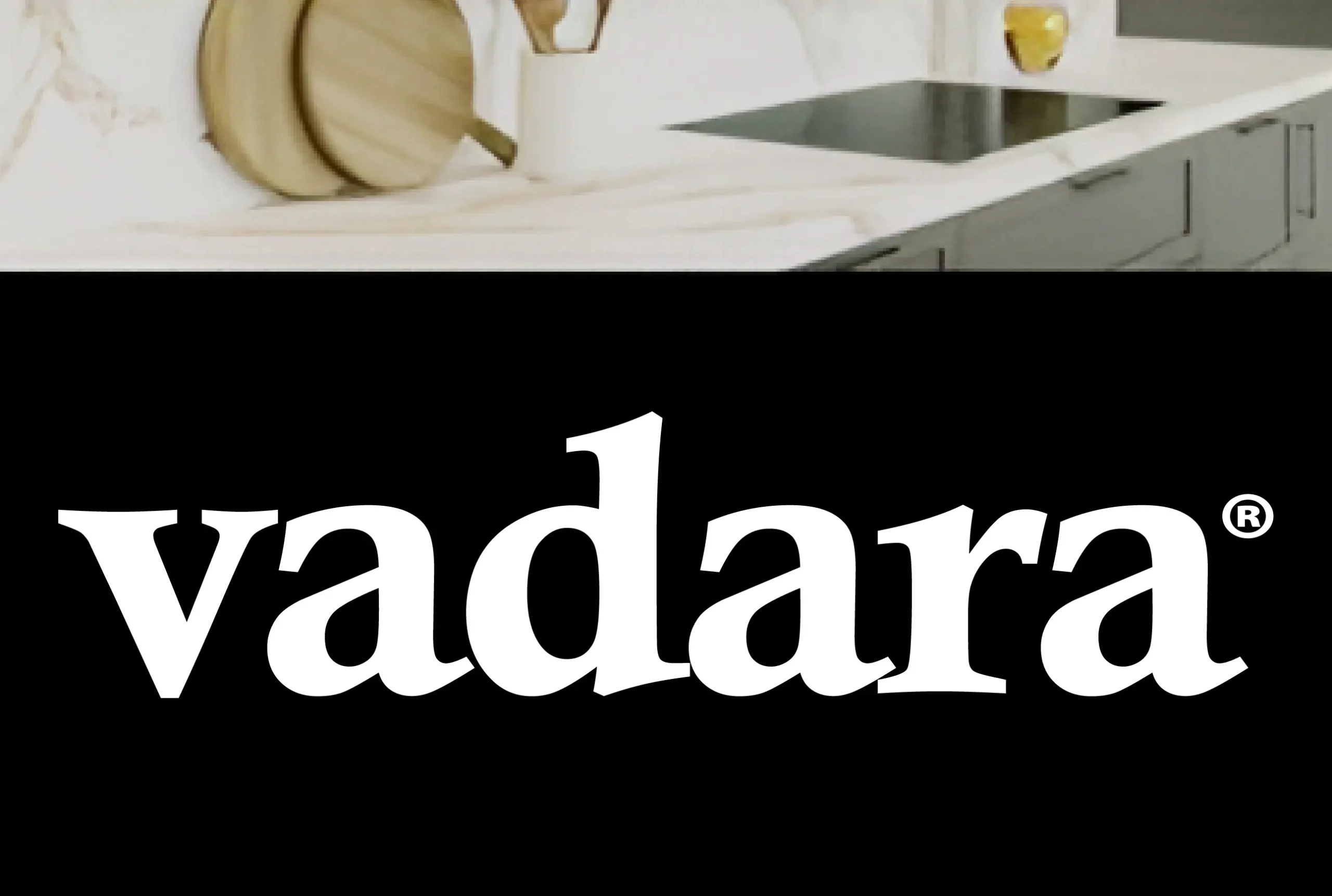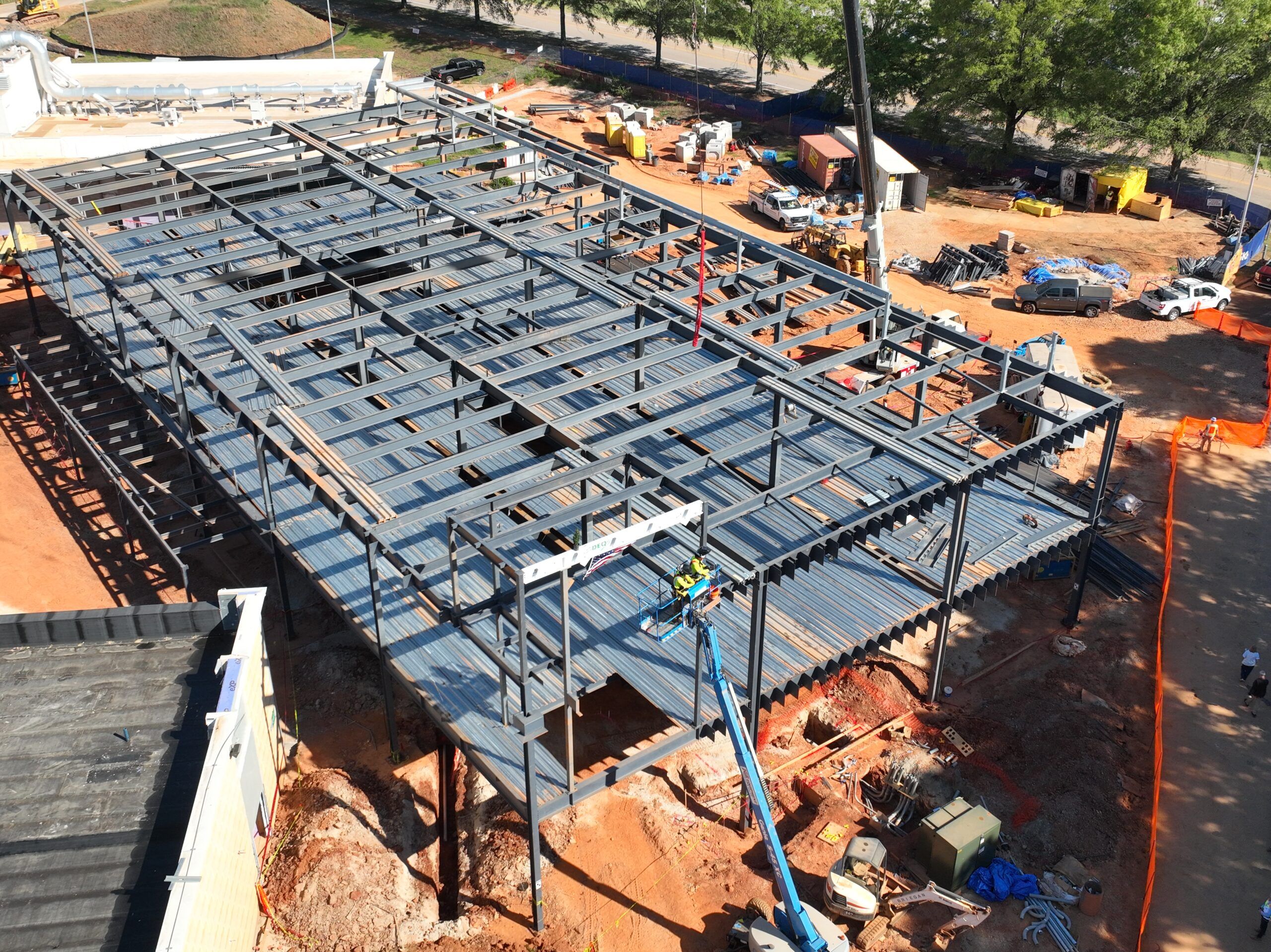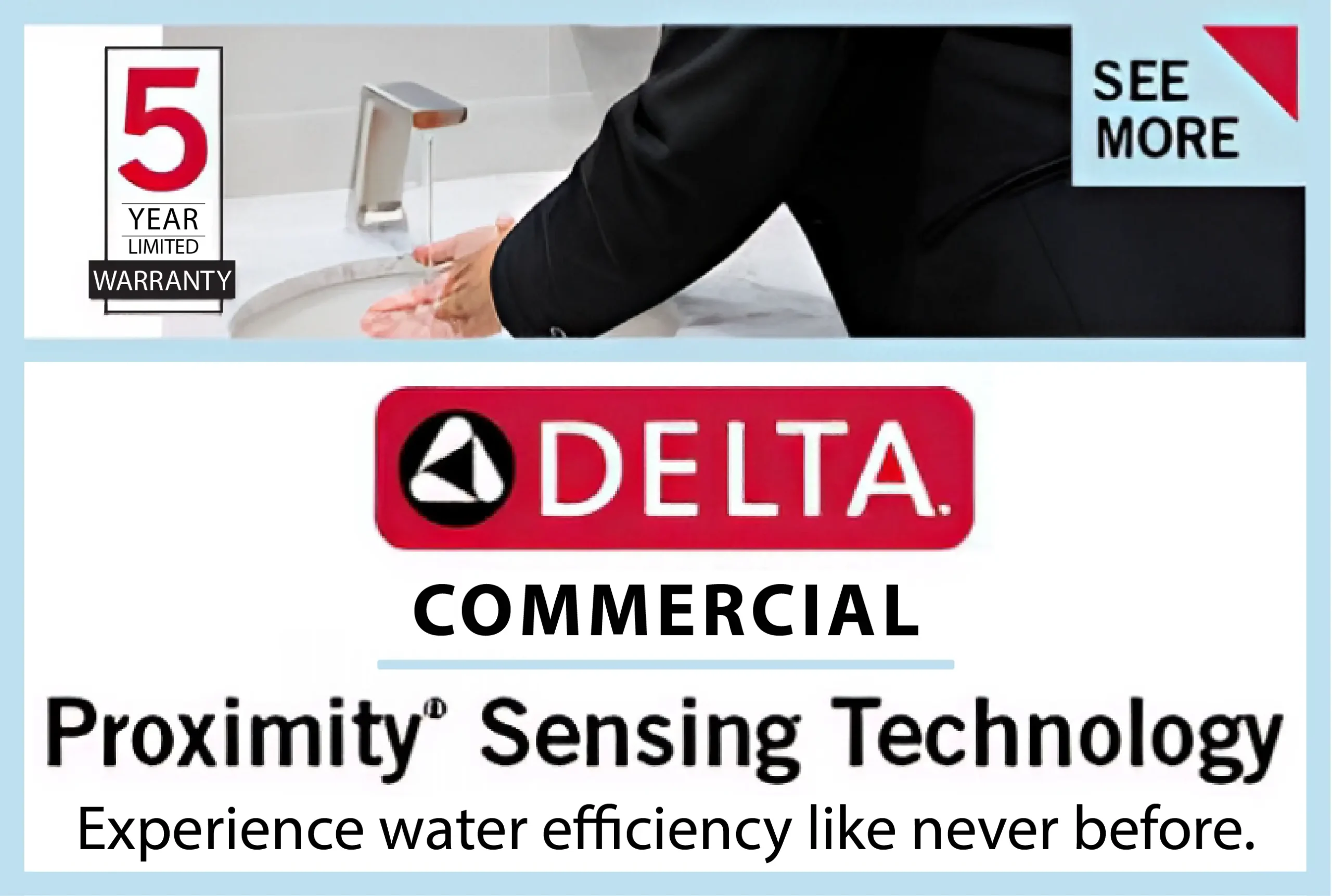When it comes to exterior cleaning, two terms often get used interchangeably: pressure washing and power washing. While both methods use high-pressure water to remove grime, mold, and buildup, they’re not identical—and understanding the difference can have a big impact on the health and appearance of your property.
Window Warriors & Home Services knows that choosing the right cleaning method is essential for maintaining surfaces without causing damage. Not every surface can withstand the same level of force or temperature, and using the wrong tool for the job can lead to unnecessary wear or even long-term deterioration. Homeowners who understand the nuances between pressure washing and power washing are better equipped to care for their home’s exterior more effectively.
This article breaks down the differences between these two methods, explains when and where to use each one, and explores how they integrate with broader maintenance routines like gutter cleaning. With the right knowledge, exterior upkeep becomes more efficient, more effective, and far more protective of your long-term investment.
Pressure Washing vs. Power Washing: The Basics
Similar Goals, Different Methods
At first glance, pressure washing and power washing appear to do the same thing—blast away unwanted dirt and contaminants from surfaces using a high-pressure stream of water. However, the key difference lies in the water temperature. Power washing uses heated water, while pressure washing does not.
This distinction matters. The addition of heat in power washing makes it more effective at breaking down grease, oil, mildew, and stubborn grime. In contrast, pressure washing relies solely on the force of water, making it better suited for general cleaning of surfaces that don’t require heat for stain removal.
Equipment Differences
Both pressure washers and power washers come in electric or gas-powered models and can deliver water at similar pressures, often ranging from 1,300 to over 4,000 PSI (pounds per square inch). The power washer, however, includes a heating element that raises water temperatures significantly, often over 200 degrees Fahrenheit.
This means power washing is not just about pressure—it adds a cleaning advantage through thermal energy. But that extra strength can be a liability on surfaces not built to withstand it.
When to Use Pressure Washing
Best for Routine Exterior Cleaning
Pressure washing is ideal for most regular residential maintenance tasks. It effectively removes loose paint, dirt, mildew, and mold from siding, patios, decks, and fencing. Because it doesn’t use heat, it’s gentler on materials that might be sensitive to temperature, such as soft wood, composite decking, or aged paintwork.
For example, cleaning siding that has accumulated pollen or dust is a great candidate for pressure washing. Similarly, it works well on concrete pathways and stone walkways that are structurally sound and don’t have deeply set stains or contaminants.
Compatible with Gutter Cleaning Prep
When preparing for gutter cleaning, pressure washing can be used to clear grime and buildup from fascia boards and the exterior of gutters themselves. It’s an effective pre-treatment before hands-on debris removal from inside the gutters. Using moderate pressure allows homeowners to remove algae and staining without compromising delicate surfaces or metal seams.
Pressure washing also helps keep the area around downspouts and drains clean, ensuring water flows properly during rain and reducing overflow potential.
When Power Washing is the Better Choice
Ideal for Tougher Jobs
Power washing excels in situations where dirt is embedded, or the surface has oily residue or sticky buildup. This makes it a good fit for cleaning driveways with oil stains, commercial spaces, garage floors, or heavy equipment. The hot water loosens materials that cold water might leave behind, especially in industrial or vehicle-related settings.
Patios with years of grease buildup from grilling or heavily stained concrete are also good candidates for power washing. In these cases, the added heat shortens cleaning time and provides a deeper result.
Not Recommended for Delicate Materials
Because of its intensity, power washing isn’t suited for all surfaces. Older masonry, stucco, painted wood, and vinyl siding can all be damaged by high heat combined with high pressure. Similarly, windows, screens, and trim should never be power washed directly, as the heat and force can crack or warp them.
When in doubt, pressure washing is often the safer starting point, especially for residential exteriors. Only surfaces known to be durable and heat-resistant should be cleaned with a power washer.
How These Services Complement Gutter Cleaning
Keeping Gutters Clean Inside and Out
While the inside of gutters needs to be cleared manually or with specialized tools, both pressure washing and power washing can assist in keeping the exterior of gutters and downspouts clean. Algae, mildew, and bird droppings often accumulate on gutter exteriors, creating unsightly stains.
A well-timed pressure washing can help restore the appearance of the entire gutter system. It can also uncover hidden issues like sagging brackets or leaks, making it easier to spot when gutter repair is needed. Clean gutters also function better, as less debris builds up along outer edges where water flows off the roof.
Supporting Proper Water Flow
Clogged or dirty gutters aren’t just an aesthetic problem—they directly impact roof health and foundation stability. By combining routine gutter cleaning with strategic pressure washing around the roofline and drainage areas, homeowners can ensure that water flows where it should.
Debris that collects near the downspouts or on concrete pads around the foundation should be cleaned away regularly to prevent mold growth and water intrusion. Pressure washing helps eliminate these concerns while contributing to overall curb appeal.
Safety and Technique Considerations
Using the Right Pressure and Angle
The effectiveness of both pressure washing and power washing depends not just on the machine, but on the technique. Applying the wrong pressure setting or angle can damage siding, drive water behind panels, or etch marks into concrete.
Professionals understand how to adjust nozzles, PSI levels, and spray distance to suit the surface. This prevents unnecessary wear and maximizes results without risking surface damage or injury.
Knowing When to Call a Pro
Some tasks, especially those involving ladders or delicate architectural features, are better left to trained technicians. Pressure washing roofs or second-story walls can be dangerous for inexperienced users and may result in water damage if done improperly.
For complex or large-scale projects, relying on an expert ensures thorough, safe, and efficient cleaning. Working with a trusted team like Window Warriors & Home Services allows homeowners to benefit from both knowledge and professional-grade equipment.
Conclusion
Understanding the differences between pressure washing and power washing is essential for effective home maintenance. While both methods clean surfaces using high-pressure water, the addition of heat in power washing provides greater cleaning strength—but also comes with limitations. Choosing the right method depends on the type of surface, the level of dirt or staining, and the condition of the material.
Integrating pressure washing with other services like gutter cleaning provides a comprehensive approach to exterior upkeep. Together, these methods protect surfaces, improve function, and boost curb appeal.
For homeowners looking to maintain the beauty and performance of their property, Window Warriors & Home Services offers expert guidance and solutions tailored to the job at hand. With the right knowledge and proper care, your home can stay clean, protected, and looking its best all year long.











